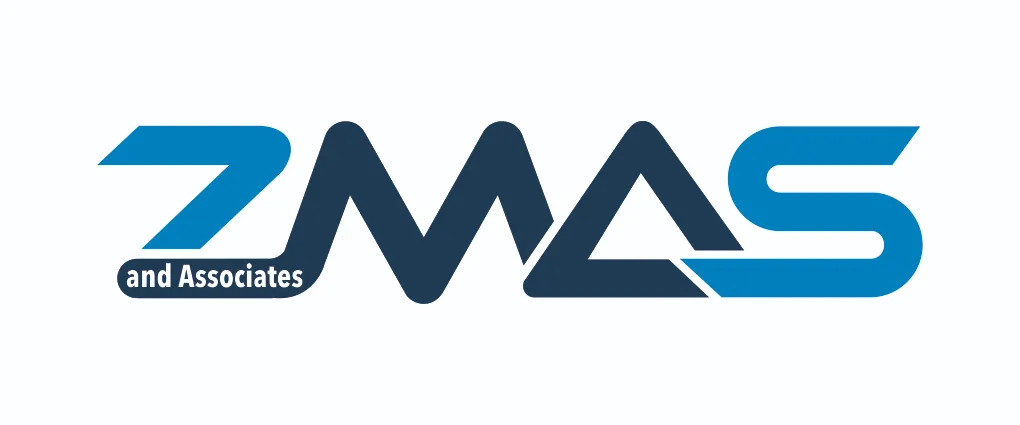Introduction to Enterprise Risk Management
Enterprise risk management (ERM) is the process of identifying, assessing and managing and monitoring uncertain events that may represent an opportunity that may help achieve competitive advantage or a risk that may adversely impact the achievement of strategic objectives.
Why do you need Enterprise Risk Management (ERM) solutions?
Every organization sets certain objectives and make strategies to achieve those objectives. In the journey of achieving those objectives, an enterprise comes across various uncertain events which are either opportunities or risks. Opportunities can be helpful however; risks act as hindrance towards achieving its objectives. It may cause financial loss, damage or loss of an opportunity. Also, it may prevent improvements in the enterprise’s operations.
Enterprise Risk Management Solution is a fundamental element for corporate governance. Management is responsible for establishing and operating the risk management framework on behalf of the board. Enterprise-wide risk management brings many benefits as a result of its structured, consistent and coordinated approach.
How ERM solutions works? How does it help enterprises with achievement of objectives?
Risk can be defined as “any uncertain event that may adversely affect the achievement of an organization’s objectives”. An organization, whether large or small, needs to identify, assess and manage risks at an enterprise-wide level by designing an ERM Framework.
Some of the key risk categories are:
|
Strategic Risk |
Operational Risk |
Financial Risk |
Compliance Risk |
|
Governance Risk |
Environmental Risk |
Technology Risk |
Geopolitical Risk |
Enterprise Risk Management services include the methods and processes used by organizations to manage risks and seize opportunities related to the achievement of their objectives.
Benefits of Enterprise Risk services
- Improved chances of achieving the organization’s objectives.
- Helps management by adding perspective to the strengths and weaknesses of a strategy as conditions change.
- Determines how well a strategy fits with the organization’s mission and vision.
- Enables organizations to better anticipate risk so they can get ahead of it, with an understanding that change creates opportunities, not simply the potential for crises.
- Helps to create trust and instil confidence in stakeholders
- Provides insight for boards in defining and addressing their risk oversight responsibilities which include governance and culture; strategy and objective-setting; information, communications and reporting.
Implementing Enterprise Risk Management Solution
ERM is not a checklist. It is a set of principles on which processes can be built or integrated in an organization, and it is a system of monitoring, learning, and improving performance.
It can be used by organizations of any size. If an organization has a mission, a strategy, and objectives—and the need to make decisions that fully consider risk—then ERM solutions are necessary. It can and should be implemented by all types of organizations, from small businesses to community-based social enterprises to government agencies to Fortune 500 companies.
Enterprise Risk Management Process
 ERM is a continuous process, applied across the enterprise in a strategy setting and at every unit/level of operations to identify potential events that, if they occur will affect the entity. A well-formulated ERM will protect the enterprise against surprises, stabilize the overall performance and ensure the objectives are achieved while managing the risks
ERM is a continuous process, applied across the enterprise in a strategy setting and at every unit/level of operations to identify potential events that, if they occur will affect the entity. A well-formulated ERM will protect the enterprise against surprises, stabilize the overall performance and ensure the objectives are achieved while managing the risks
ERM is a risk-based approach to managing an enterprise.
How ZMAS helps organizations with Enterprise Risk services
-
ERM Tool Design:
We help you in designing an ERM tool as per your requirement and industry standards whilst aligning it with the COSO ERM principles. The ERM tool assists management in building a comprehensive ERM Framework and to proactively managing the risks. -
Documentation of Implementation
We help you with setting up the principles and practices of Enterprise Risk Management solutions by:- Documenting and implementing Risk Management Policy and Procedures;
- Moderating the process of identification, assessment and documentation of risks; and
- Setting up a system of monitoring the effectiveness of risk mitigation plans.
- Assurance on ERM:
One of the key requirements of the board is to gain assurance that enterprise risk services are working effectively and that key risks are being managed to an acceptable level. As a part of the ERM audit, we assess:
- The efficiency and effectiveness of the risk response;
- Maturity of an enterprise risk management system to protect the enterprise; and
- That the procedures are understood and followed.
In a nutshell, we give assurance to the Management and the Board on the overall ERM system and that there are appropriate controls in place to mitigate specific risks.
